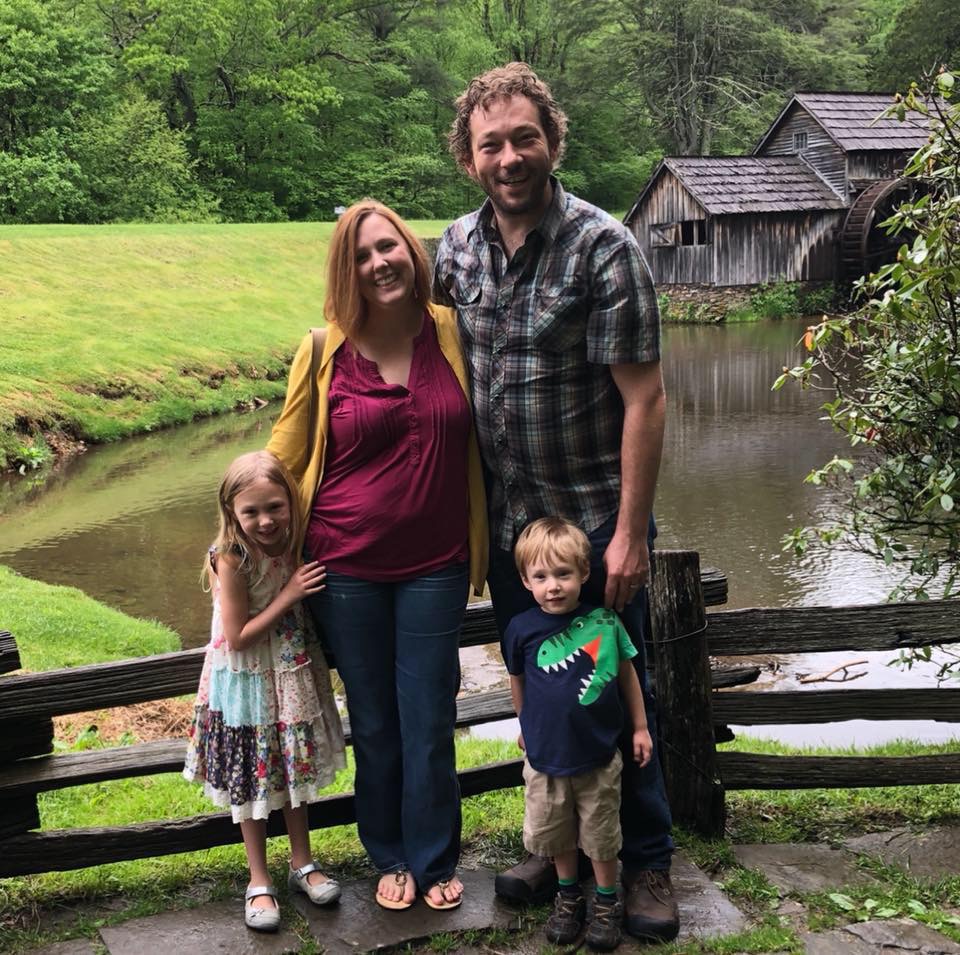“TAKE THE GLOVES OFF”
Even though this was only her second infusion at the doctor’s office, she was used to receiving injections at home. Yes, as young as two years old our daughter knew that gloves meant needles.
We began to have concerns when Kinslee was around three months old. We noticed her fingers stayed bent and were unable to straighten. At around 18 months old she refused to walk, her knees appeared swollen and felt squishy.
Since we indicated to the pediatrician that arthritis did not run in our family, the recommendation was to consult with orthopedic surgeons to address her finger contractures. One of the several orthopedic doctors we met performed blood work to “rule out” arthritis and recommended going forward with finger release surgeries. Almost all the surgeons we saw were only focused on “fixing” her rather than considering the cause. This did not sit right with us, so we insisted on a consult with the pediatric rheumatologist.
The pediatric rheumatologist immediately diagnosed Kinslee with Juvenile Arthritis. After much consideration of serious drug side effects, she began the standard treatment options: Methotrexate injections at home, oral NSAIDs, oral steroids, Humira injections at home, and Orencia infusions at the clinic within the Children’s hospital. All of these treatments failed. After a year and half of disappointment with drug therapy, we decided to stop all medications in order to pursue hand surgery. During this time, the pediatric rheumatologist arranged for us to visit the National Institute of Health (NIH) for entire genome sequencing. He did this despite the fact his geneticist colleague refused to perform genetic testing because she was a “pretty little girl” and without an observable developmental delay.
We visited the NIH in between her two surgeries and didn’t know how much it would change our journey. After a couple of months, the NIH informed us that Kinslee had a rare genetic mutation in a protein called lubricin, which lubricates the joints and around the heart and lungs. This condition is known as CACP Syndrome (Camptodactly-Arthropothy-Coxa Vara-Pericarditis).
It wasn’t until researching CACP when we realized how rare it is. Whether it was Dad looking up research or Mom looking into for the same support network she had with Juvenile Arthritis, not a whole lot of information was found. We did reach out to the three doctors worldwide whose names are associated with CACP somehow, and their experiences and confirmed reports indicate an even lower incidence than the reported 1 in 1-2 million. All agree that this incidence is likely, falsely low due the common misdiagnosis of Juvenile Arthritis.
This rare syndrome currently has no treatment options or cure. Although the hand surgeries improved her function, Kinslee’s physical activities are limited and she often complains of joint pain. While we have been able to hear of the experience of some other CACP patients throughout our Facebook page, there still is no CACP community support. For these reasons, we felt compelled to start a foundation that brings together the CACP community including patients, families, and medical professionals; spreads awareness for correct diagnosis, and researches potential treatment options.
Thank you for listening to our story and we appreciate your support and involvement with CACP Research Foundation.
David and Kari Burmeister

